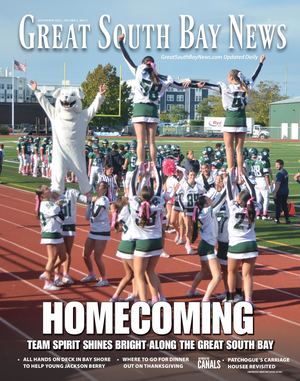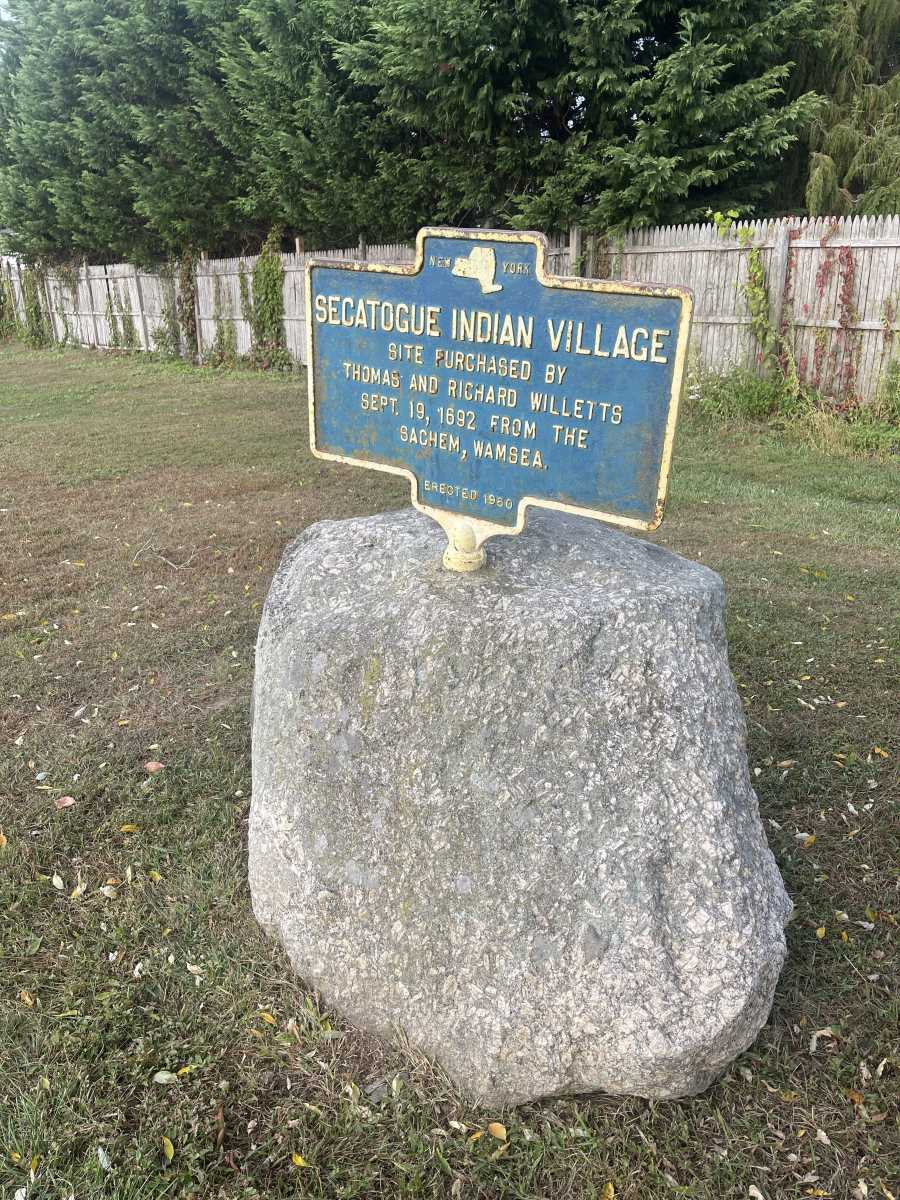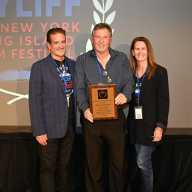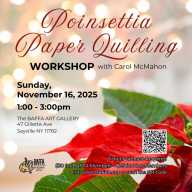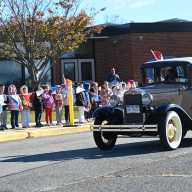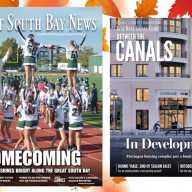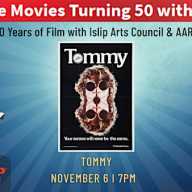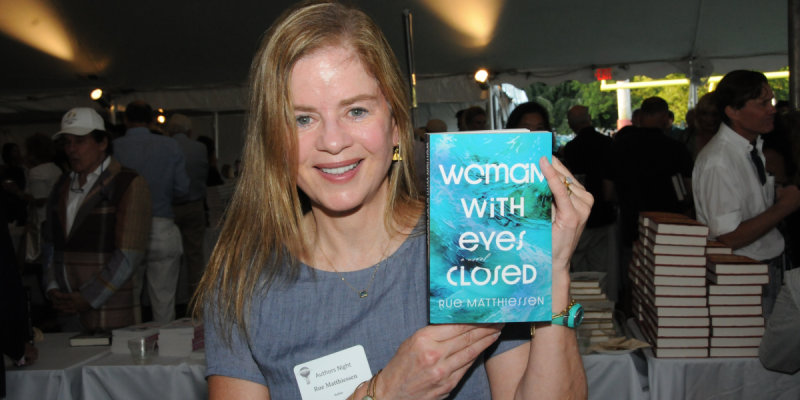In 1960, on Long Island, the remains of a thriving Native American tribal community were uncovered during excavation for a model airplane strip on Beach Drive in West Islip, near the Captree Bridge along the shores of the Great South Bay.
The sets of skeletal remains found at the site were estimated to be between 800 and 1,200 years old.
Experts from the American Museum of Natural History’s team of archaeologists discovered a total of 11 sets of human remains, arrowheads, stone hammers, broken pottery, the remains of fire pits, debris from old wigwam dwellings, and the local Native American currency constructed from shells known as wampum.
After concluding the initial excavation, historians believed the site to be one of the Secatogue Indians’ settlements, which encompassed the current-day areas of West Islip, West Bay Shore, and part of Brightwaters.
Upon discovering the artifacts, Islip Town Historian George Lewis Weeks Jr. constructed a display for them at the former Islip Town Museum in Sayville. The Museum and its exhibit promoted the widespread belief that 13 ancient tribes of Long Island operated as separate, independent nations within the region, coexisting with the colonists.
Analyzing historical documents housed in town and county archives reveals that the so-called 13 tribes, as a non-unified unit, were a product of early colonial subjection.
The 13 tribes were historically 13 settlements of the Montaukett Tribe, with 13 appointed Sachem (Chief) for each settlement. The Montaukett were part of the larger group of Southern New England Algonquian-speaking people. During the European conquest, the 13 settlements were classified by Europeans as tribes, isolating them from one another. This breakdown of political order was promoted through multiple conflicts between the Dutch and the English from the 1630s to the 1650s.
One such conflict was the Pequot War in Connecticut, which resulted from entangled alliances between English conquering forces, the Wampanoag, and the Pequot tribal nations.
The effects of the war cut off the Montauketts from other Algonquian-speaking nations and opened up a scramble for Native American land.
Pre-Revolutionary War land patents issued by Royal Governor Thomas Dongan granted tracts of conquered land to English settlers that had once belonged to Native Americans. The Sachem of the Secatogues, Winnequaheagh, was believed to have sold the remaining lands of his settlement to William Nicoll in 1687.
In the late 18th Century, the fate of many Secatogue people can be found within the Town of Islip’s Enslavement and Manumission Records.
Two of Islip Town’s most prominent slaveholding families were the Thompson-Gardiner (Sagtikos Manor) and the Willets, who enslaved Native people, creating generational wealth through their sale by leasing them as laborers, and by taking loans out against them to expand land holdings.
In 1792, the last of the tribal nations were placed under a local trustee system managed by European colonists, stripping Native people of their authority over their land. The trustees controlled all land claims and leases and determined who was a trespasser on Native territory.
The fate of the artifacts discovered at what will later be referred to as the Oak Neck site (West Islip Little Field) remains unclear. The last documentation of the missing relics was a press interview in which Weeks requested 30 more days with the artifacts for further research. It is believed that the skeletons, arrowheads, stone hammers, and broken pottery have found their way to the archives of the Museum of Natural History and private collections.
In a 2024 press release, the American Museum of Natural History’s president Sean Decatur announced that the Eastern Woodland and Great Plains Halls would be closed, and the 2,200 Native American remains in the museum’s collections would be repatriated.
In his explanation, Decatur stated, “While the actions we are taking may seem sudden, they reflect a growing urgency among all museums to change their relationships to, and representation of, Indigenous cultures. The Halls we are closing are vestiges of an era when museums such as ours did not respect the values, perspectives, and indeed shared humanity of Indigenous peoples.”
The feast between Native American tribes and the Pilgrims likely occurred, but acceptance and harmony were short-lived. The true meaning of Thanksgiving is not the myth of peaceful coexistence. The original proclamations of George Washington and Abraham Lincoln used the day to reflect on our blessings, despite the grip of civil unrest or internal conflicts. Washington proclaimed Thanksgiving in the aftermath of the Whiskey Rebellion, and Lincoln during the peak of the Civil War.
To better honor the true meaning of the holiday, let us focus on the deeper history—and keep politics off the menu.
